How Does Water Evaporate at Room Temperature?
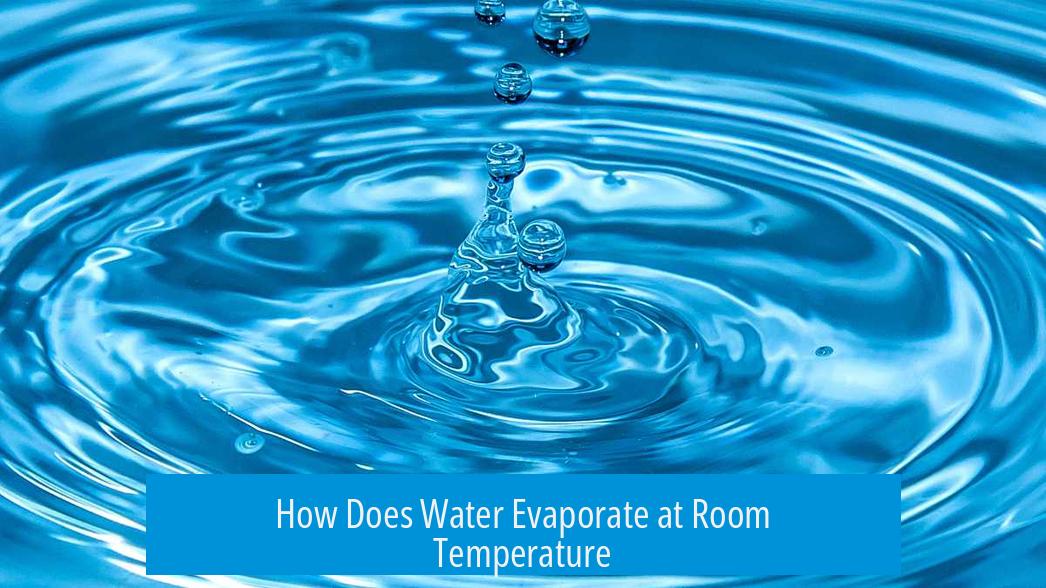
Water evaporates at room temperature because its molecules are constantly moving, and some possess enough energy to break free from the liquid surface and enter the air as vapor. This motion happens without adding heat, driven by natural molecular energy distributions and intermolecular forces. The process depends on factors like temperature, vapor concentration, and surrounding conditions, affecting how quickly water evaporates in everyday settings.
Molecular Motion and Energy Distribution in Water
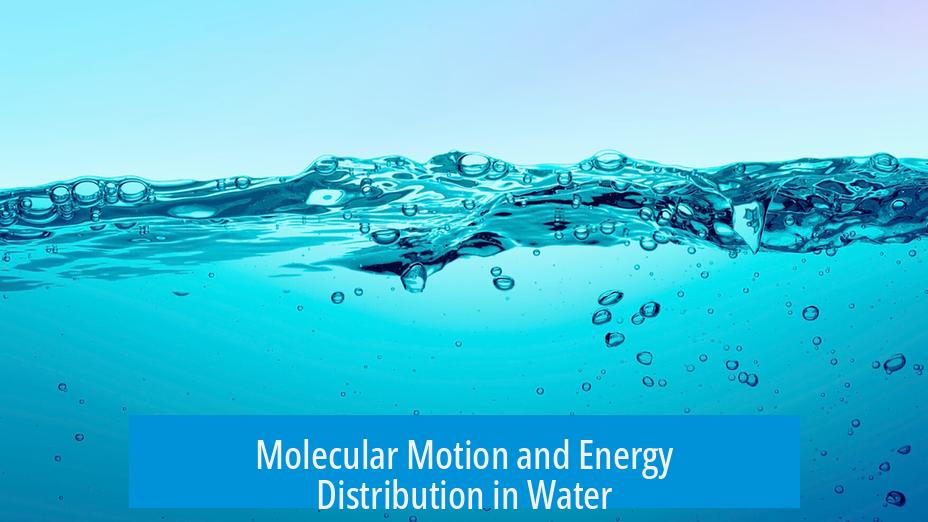
Water molecules in liquid form move continuously but at different speeds. This variation arises naturally because molecules share energy through constant collisions. Sometimes, a molecule at the liquid surface gains enough energy to escape into the air.
- Not all molecules have the same kinetic energy.
- Those with energy surpassing a threshold can overcome molecular attractions.
- This threshold energy corresponds to the energy required to escape the liquid phase.
This behavior aligns with the Boltzmann distribution, which describes how energy is distributed among molecules in a system. At room temperature, only a small fraction of water molecules have enough energy to evaporate at any time.
Intermolecular Forces and Molecular Escape
Water molecules attract each other through hydrogen bonds. These intermolecular forces hold the liquid together. For a molecule to evaporate, it must break these attractions.
The analogy is similar to a rocket escaping Earth’s gravity. Molecules with sufficient energy soar away into the air, while others remain and collide, losing energy and returning to liquid.
In dry air, escaping molecules rarely return, leading to net evaporation. If the air is humid or confined, molecules may return to the liquid, slowing the net evaporation rate.
Evaporation Dynamics and Vapor-Liquid Equilibrium
Evaporation occurs continuously but reaches a balance with condensation when vapor pressure equilibrates with atmospheric conditions.
- Water’s vapor pressure is the partial pressure of water vapor in air above the liquid.
- At room temperature, water has a low vapor pressure, so only a small amount exists as vapor above the surface.
- In open spaces, vapor disperses quickly, shifting equilibrium to increase evaporation.
- In enclosed spaces, vapor accumulates, increasing condensation and slowing evaporation.
This equilibrium is dynamic and governed by principles like Le Chatelier’s, which states that the system adjusts to changes such as increased vapor concentration by adjusting rates of condensation and evaporation.
Factors Affecting Evaporation Rate
The speed of evaporation depends on several factors:
| Factor | Effect |
|---|---|
| Temperature | Higher temperature increases molecular energy, speeding evaporation. |
| Humidity | Dry air allows more evaporation; humid air slows it due to vapor saturation. |
| Airflow | Good ventilation disperses vapor, enhancing evaporation. |
| Surface Area | Larger exposed surfaces increase evaporation rate. |
| Container Shape | Open containers help vapor escape; closed ones trap vapor, slowing evaporation. |
For example, spilled water on a table evaporates faster than water in a narrow cup due to greater surface exposure and better vapor dispersal.
Difference Between Evaporation and Boiling
Evaporation does not require the liquid to reach boiling point. Molecules always move with varying energies, some high enough to escape the surface even at room temperature.
Boiling happens when the liquid’s vapor pressure equals atmospheric pressure, causing rapid vaporization throughout the liquid volume, forming bubbles. This condition requires heating to a specific temperature, called the boiling point.
Therefore:
- Evaporation occurs slowly at the surface, driven by molecular energy variations.
- Boiling is a bulk phase change driven by reaching critical vapor pressure.
Statistical Mechanics Perspective and ELI5 Explanation
From a statistical mechanics viewpoint, temperature is the average kinetic energy of molecules. Individual molecules can have energy significantly higher or lower than the average.
This means that even at 20°C, some water molecules can reach escape velocity to become gas. At the same time, some gas molecules return to liquid, but since liquid contains many more molecules, more leave liquid than enter, causing net evaporation.
Simply put, molecules constantly jump back and forth between liquid and gas. A small number reach enough energy to leave for good, evaporating water into the air.
Summary of Key Points
- Water molecules move with varying energies; some at the surface escape as vapor at room temperature.
- Intermolecular attractions must be overcome for a molecule to evaporate.
- Evaporation and condensation rates balance to form vapor-liquid equilibrium depending on conditions.
- Factors like temperature, humidity, airflow, and container influence evaporation speed.
- Evaporation occurs without heating to the boiling point, driven by molecular kinetic energy distribution.
- Boiling differs by requiring vapor pressure to reach atmospheric pressure, causing rapid vapor formation.
- Open environments promote evaporation by dispersing water vapor, shifting equilibrium towards vapor phase.
Why does water evaporate even at room temperature without boiling?
Water molecules move at different speeds. Some have enough energy to break away from the liquid surface. This happens constantly, so evaporation occurs even if water isn’t boiling.
How does vapor pressure affect evaporation of water in a room?
Water creates vapor pressure by releasing molecules into the air. In an open room, vapor disperses, so water keeps evaporating until equilibrium is reached. The lower the vapor pressure, the slower the evaporation.
What role does humidity play in water evaporation indoors?
Humidity increases water vapor in the air, reducing evaporation. When air is dry, evaporation speeds up because fewer molecules return to the liquid. High humidity can make water seem like it’s not evaporating at all.
Why does water in an open puddle evaporate faster than in a cup?
In a puddle, vapor molecules quickly move away, reducing condensation. In a cup, surrounding walls trap vapor, slowing evaporation by allowing molecules to return to liquid.
How do intermolecular forces affect water evaporation?
Water molecules attract each other. Only those moving fast enough can escape these forces to become vapor. This attraction controls how many molecules leave the liquid at any time.


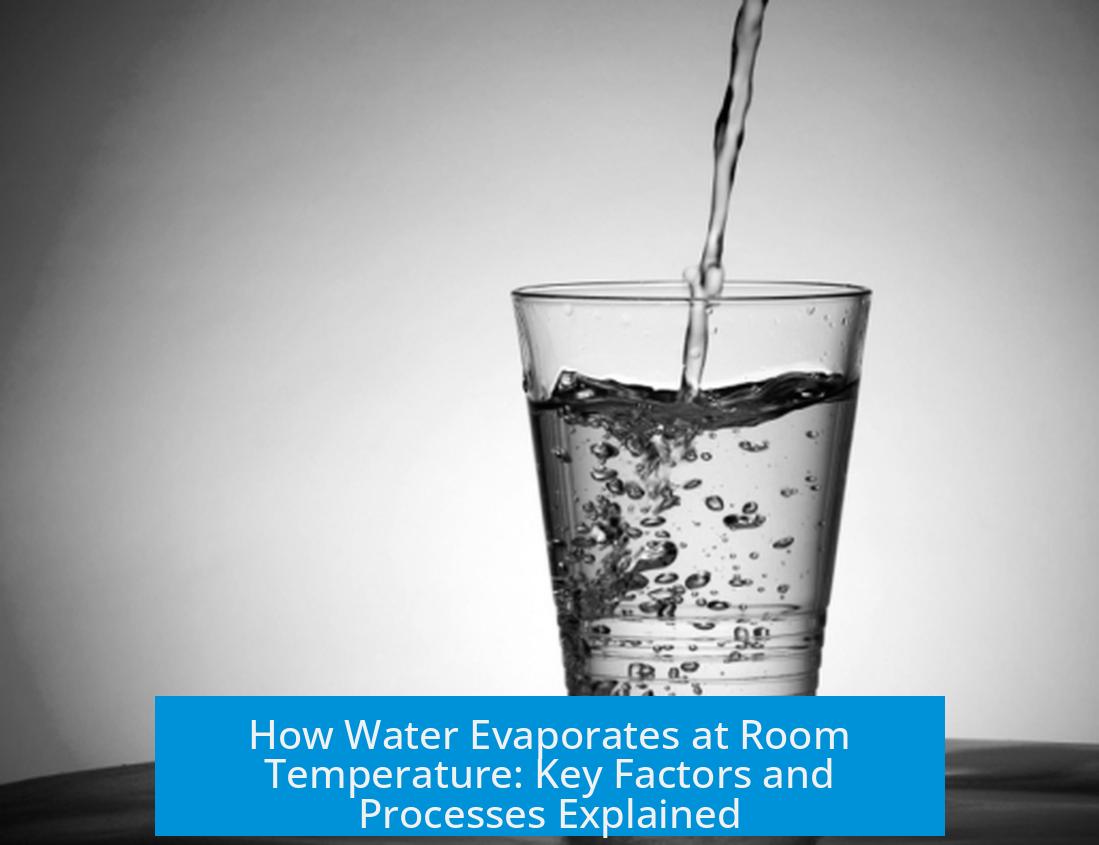
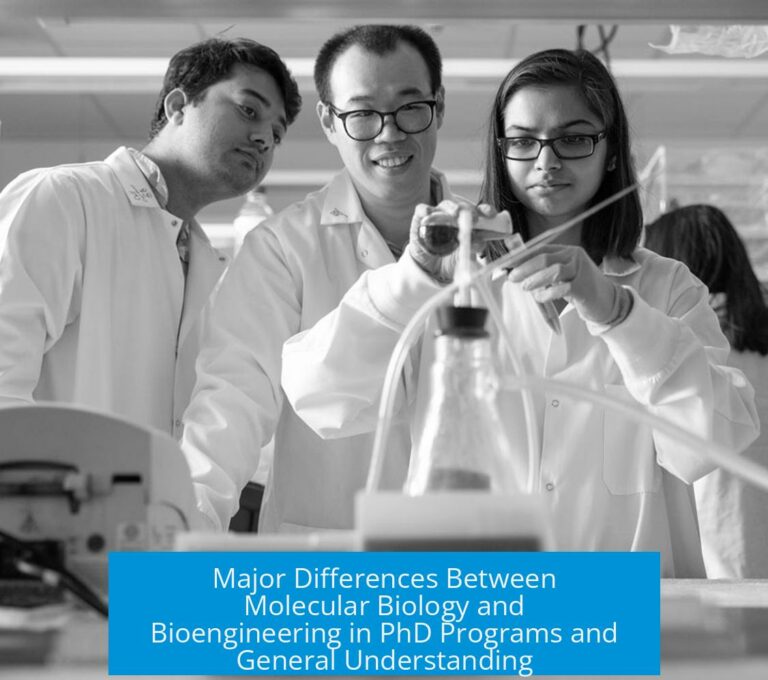
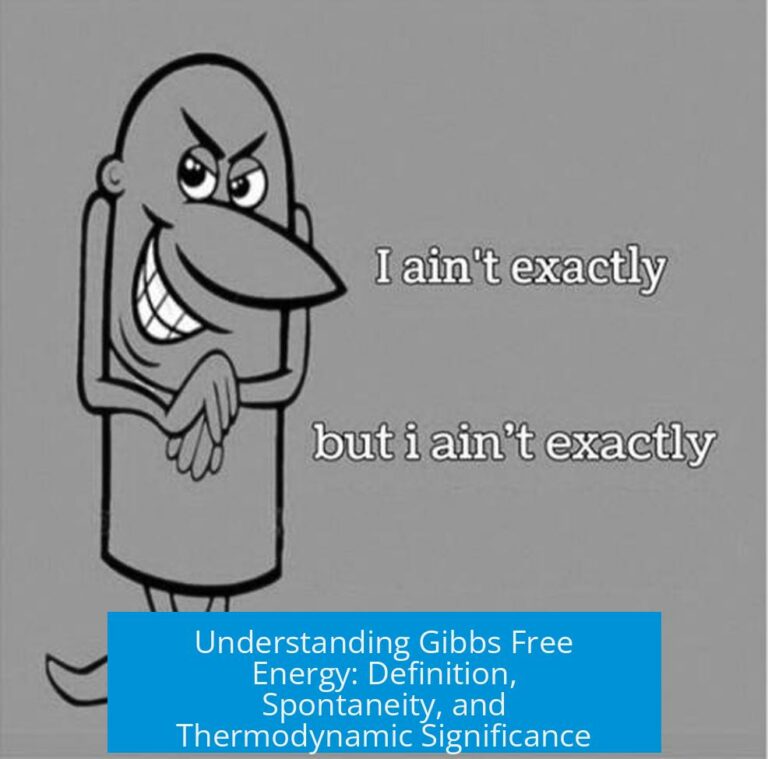
Leave a Comment